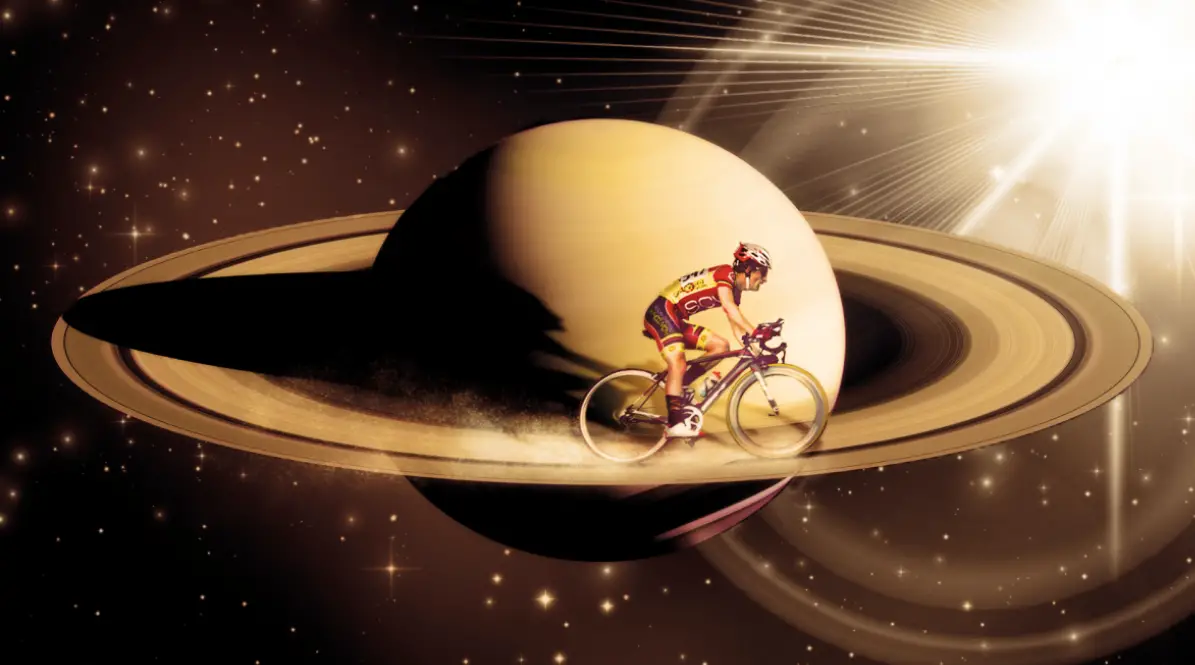Why does humanity need a telescope the size of the solar system? What space phenomena do we urgently need to examine more closely, and why does humanity need a solar system-sized telescope? Using the Japanese Subaru telescope, scientists were able to observe the most distant object ever seen from Planet, Earth, the HD1 galaxy, which is located 13 billion light years away. Yes, that space nip is an entire galaxy, as if it were captured on the first smartphone with a 110-pixel camera. Our telescopes require larger mirrors so that the lens can collect more light. In Chile, they’re already constructing an extremely large telescope with a nearly 40-meter-diameter primary mirror, but there are better lenses with a diameter of thousands of kilometers that must be constructed because they’re needed to observe stars, black holes, and other galaxies. The light of a distant object entering the galaxy between the object on our telescope distorts the true shape of the source of that light. An ordinary lens does the same.
The light hits it gets distorted and the object behind the lens seems much larger. The very large array in New Mexico has detected as many as 22 of these potential gravitational lenses, one of which is the Ogle 2005 blg 390l star with its help Scientists discovered a planet they unofficially called Hoth It sounds encouraging I agree that scientists expect to soon be able to see exoplanets with their own eyes, peer into distant galaxies, examine black holes, and study dark matter. Such high hopes were placed on the telescope and its mirror, which is approximately 30 meters (98 feet) in diameter. The telescope was expected to open up unprecedented opportunities for space exploration. I’m referring to Hawaii’s Mount Mauna Kea, where a dormant volcano is an ideal location for astronomical observations due to its high altitude, low humidity, and almost year-round clear weather, as well as the absence of large cities and light pollution. This location would be an ideal platform for a new telescope if one were to be built. In ancient times, it was believed that the summit of Mauna Kea was the kingdom of the gods, and only the highest leaders and priests were permitted to ascend the mountain. Later, members of the royal family were added to the list. You can now appreciate what a special place the scientists chose to make the epicenter of great discoveries.
More than five years have passed since the beginning of the conflict between the local residents and science. During this time, the Defenders have repeatedly blocked the way to the telescopes by lying in the road and tying themselves up with robes. The first protest occurred during the laying of the foundation. In 2019, all 13 observatories on Mauna Kea had to close for four weeks, and no one was allowed to work. In the 50-year history of Alpine observatories, there has never been such a long period of inactivity. Scientists almost didn’t see an asteroid that was headed for Earth because it went out of sight 13 years ago and came back when they stopped looking through a telescope. No one was able to calculate the asteroid’s path, so they could only hope it would miss Earth. The future of the 30 meter telescope is uncertain; even if it is built on an alternative site, it is unknown whether it will perform optimally. Fortunately, this telescope is just one of three projects in a large new generation of ground-based observatories in Chile’s Atacama Desert. The construction of the massive Magellan telescope is proceeding according to schedule.
With its help, astronomers will be able to learn more about Dark Matter, one of the universe’s most elusive components. Its exploration objectives include exoplanets, ancient galaxies, and the study of interstellar matter. Additionally, an extremely large telescope is being constructed in Chile; its mirror will capture 15 times more light than any existing telescope. The clarity of the images will allow us to study the atmospheres of exoplanets. Ten years ago, this was unimaginable. Today, scientists confidently predict an increase in the number of habitable exoplanets that can be discovered. With this telescope, we will also be able to observe the stars in distant galaxies with relative ease. In short, this telescope should revolutionize astronomy, astrophysics, and cosmology. This screen will help maintain the spacecraft’s temperature below minus 220 Celsius, or minus 364 Fahrenheit, which is required for infrared observations, according to researchers. Observations with the help of James Webb and ground-based super telescopes will ideally complement each other. I don’t know what will happen to the 30 meter telescope. Perhaps it will appear in the Canary Islands, and despite the imperfect conditions for observation, it may still surprise us. Perhaps the defenders of the Hawaiian volcano will agree with the scientists and allow the construction equipment to reach the summit of the mountain.
![]()
